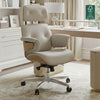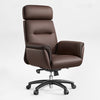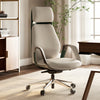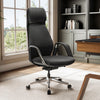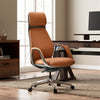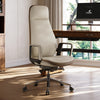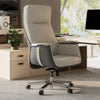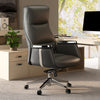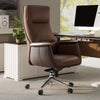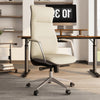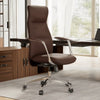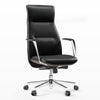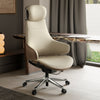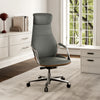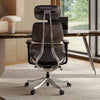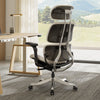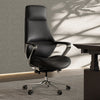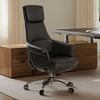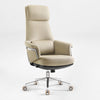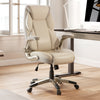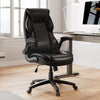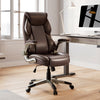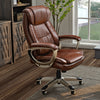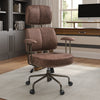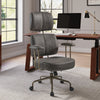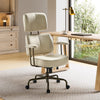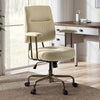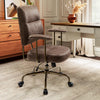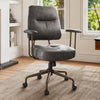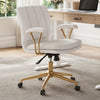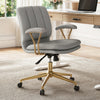Skip to product grid
-
-$50.00 Best Seller

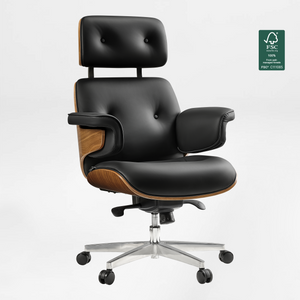
Mathias, Napa Leather Executive Office Chair
Regular price $749.99Sale price $749.99 Regular price$799.99Save $50Contract GradeFSC® Certified -
Best Seller


Royal, Microfiber Leather Executive Office Chair
Regular price $449.99Sale price $449.99 Regular priceSale $429.99 (Save $20)Contract Grade -
Best Seller


Serene, Napa Leather Executive Office Chair
Regular price $819.99 – $849.99Sale price $819.99 – $849.99 Regular priceContract Grade -
-$110.00 NEW

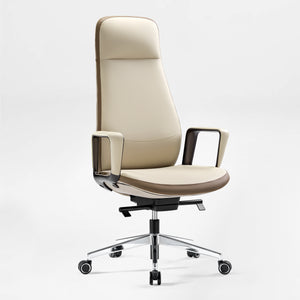
Alto,Silicone Leather Executive Office Chair
Regular price $419.99Sale price $419.99 Regular price$529.99Save $110Contract Grade -
Best Seller


Royal II, Silicone & Leather Executive Ergonomic Office Chair
Regular price $569.99Sale price $569.99 Regular priceSale $539.99 (Save $30)Contract Grade -
-$60.00


Royal Slim, Executive Office Chair
Regular price $379.99Sale price $379.99 Regular price$439.99Save $60Contract Grade -


Serene Ella, Napa Leather Executive Chair
Regular price $1,399.99Sale price $1,399.99 Regular priceContract Grade -


Serene Aaron, Genuine Leather Executive Office Chair
Regular price $899.99Sale price $899.99 Regular priceContract Grade -
-$50.00 New


Forma, Ergonomic Executive Office Chair
Regular price $719.99Sale price $719.99 Regular price$769.99Save $50Contract Grade -
-$50.00 NEW


Nox, Genuine Leather Executive Office Chair
Regular price $749.99Sale price $749.99 Regular price$799.99Save $50Contract Grade -
-$50.00 New


Royal Renee, Microfiber Leather Executive Office Chair
Regular price $699.99Sale price $699.99 Regular price$749.99Save $50Contract Grade -
-$60.00 Best Seller


Galene, Faux Leather Office Chair
Regular price $209.99 – $319.99Sale price $209.99 – $319.99 Regular price$269.99 – $359.99Save $60 -
-$100.00


Preston, PU Leather Executive Office Chair
Regular price $199.99Sale price $199.99 Regular price$299.99Save $100 -
-$60.00 Best Seller


Cameron, Ultra Soft Cushion Adjustable Office Chair
Regular price $189.99 – $219.99Sale price $189.99 – $219.99 Regular price$249.99Save $60 -
-$60.00


Becky, Ultra Soft Cushion Home Office Chair
Regular price $139.99 – $159.99Sale price $139.99 – $159.99 Regular price$199.99Save $60 -
-$120.00


Adena Velvet Office Chair
Regular price $179.99 – $209.99Sale price $179.99 – $209.99 Regular price$299.99Save $120




